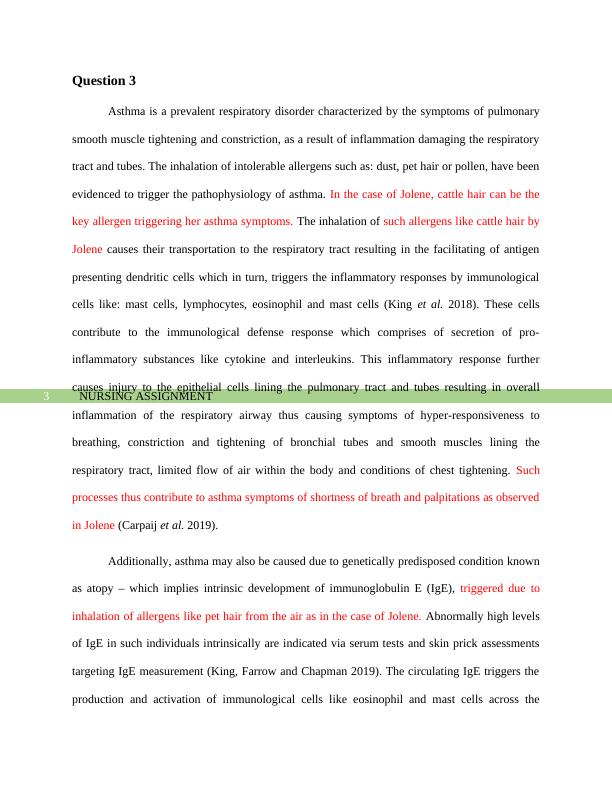QUESTIONS AND ITS ANSWERS OF NURSING ASSIGNMENT
Integrate and apply knowledge of pathophysiology and safe medication administration in a patient scenario involving a 33-year-old woman presenting with specific signs and symptoms. Explain the terms and provide examples of observation data that could be charted. Determine the immediate action to be taken as the emergency nurse.
Added on 2022-08-17
QUESTIONS AND ITS ANSWERS OF NURSING ASSIGNMENT
Integrate and apply knowledge of pathophysiology and safe medication administration in a patient scenario involving a 33-year-old woman presenting with specific signs and symptoms. Explain the terms and provide examples of observation data that could be charted. Determine the immediate action to be taken as the emergency nurse.
Added on 2022-08-17
End of preview
Want to access all the pages? Upload your documents or become a member.




